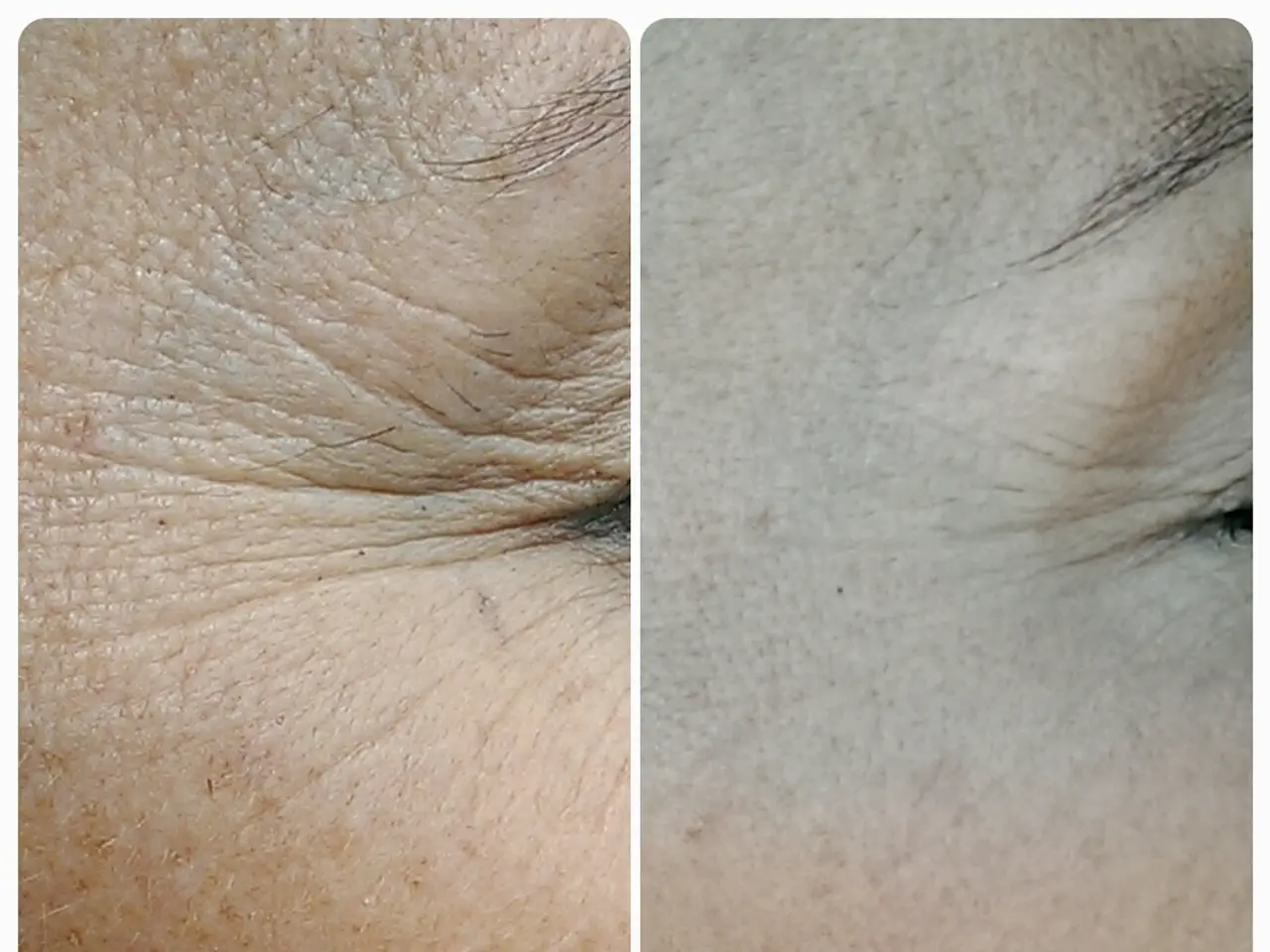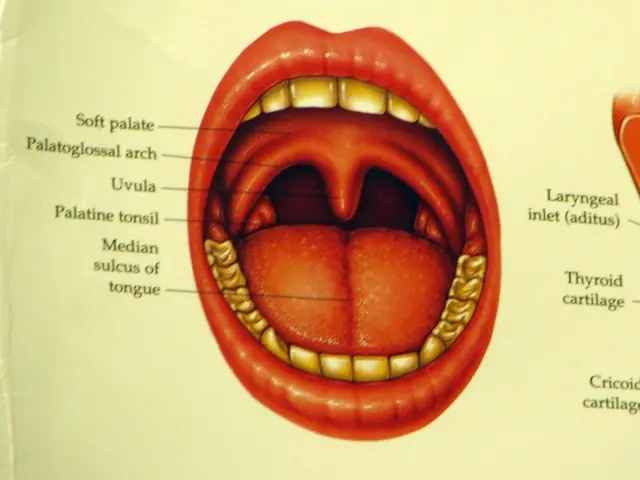Microneedling Procedures: A Review of Advantages, Potential Drawbacks, and Potential Hazards
In the realm of skincare, microneedling has emerged as a popular treatment option for various concerns, such as wrinkles, scars, and skin pigmentation issues. However, when it comes to microneedling, the choice between home devices and professional treatments can significantly impact the results and safety of the procedure.
Professional microneedling treatments offer a multitude of advantages over home devices. For instance, the use of sterile, medical-grade needles with precise depth control ensures deeper and more consistent penetration, stimulating collagen production effectively [1][2]. This precision is crucial in achieving optimal results, as shallow penetration may not be effective, while too deep penetration can lead to scarring or skin damage.
Another key advantage is the reduced risk of complications. Professional treatments take place in safe, sanitary environments, using FDA-approved equipment, thereby minimizing infection risks [1][2]. Furthermore, certified practitioners can monitor and manage skin irritation or adverse reactions, which is less feasible at home.
Preparation and aftercare are also crucial aspects that professionals handle expertly. Proper skin preparation can increase treatment effectiveness by about 40% and reduce post-treatment complications like increased sensitivity or redness [2]. Moreover, optimising serum absorption post-treatment ensures that the active ingredients are effectively delivered to the skin, enhancing the overall treatment outcome.
Additionally, professional clinics may offer advanced microneedling techniques combined with radiofrequency or platelet-rich fibrin (PRF), which can safely enhance collagen stimulation and skin rejuvenation [2][5].
On the other hand, home microneedling devices come with their own set of risks. Without guidance, users can either not penetrate deeply enough to see results or penetrate too deeply, causing wounds that may scar or damage the skin [1]. The higher chance of infection is another concern, as home environments are less sterile, and microscopic wounds made during microneedling can allow bacteria entry, increasing infection risks and potential for long-lasting scars [1][4].
Inferior tools and safety features are also a concern with OTC microneedling devices, which can lead to uneven results, skin irritation, and longer healing times [1][2]. Furthermore, users cannot assess whether irritation or inflammation is normal or indicative of complications, potentially exacerbating skin issues [1].
In summary, professional microneedling offers safer, more effective treatment with better control over depth and hygiene, reducing risks such as infection, scarring, and poor results. Home devices might be suitable for low-risk maintenance but carry a higher risk of injury and complications without expert supervision [1][2][4].
Individuals with certain skin conditions like active acne, rosacea, eczema, or those prone to keloid scarring should consult a dermatologist before considering microneedling, whether at home or professional [3]. It is essential to remember that microneedling is not a quick fix, as it involves the growth of new skin.
While microneedling offers promising results, further research is required to determine whether it is a viable treatment option in all cases. It is always recommended to consult a dermatologist or doctor who is specially trained and experienced in microneedling procedures before embarking on this treatment journey.
- Alopecia, a common hair loss condition, may not typically be addressed through skincare or micro-needling therapies and treatments.
- Dermatology, as a science, provides valuable insights into the use and safety of microneedling for various skincare concerns such as wrinkles, scars, and skin pigmentation issues.
- In the realm of health-and-wellness and skin-care, professional microneedling, with its precision, safety measures, and expert preparation and aftercare, offers superior results compared to home devices.
- Skincare and health-and-wellness professionals often combine microneedling with advanced techniques like radiofrequency or platelet-rich fibrin (PRF) for optimized collagen stimulation and skin rejuvenation.




